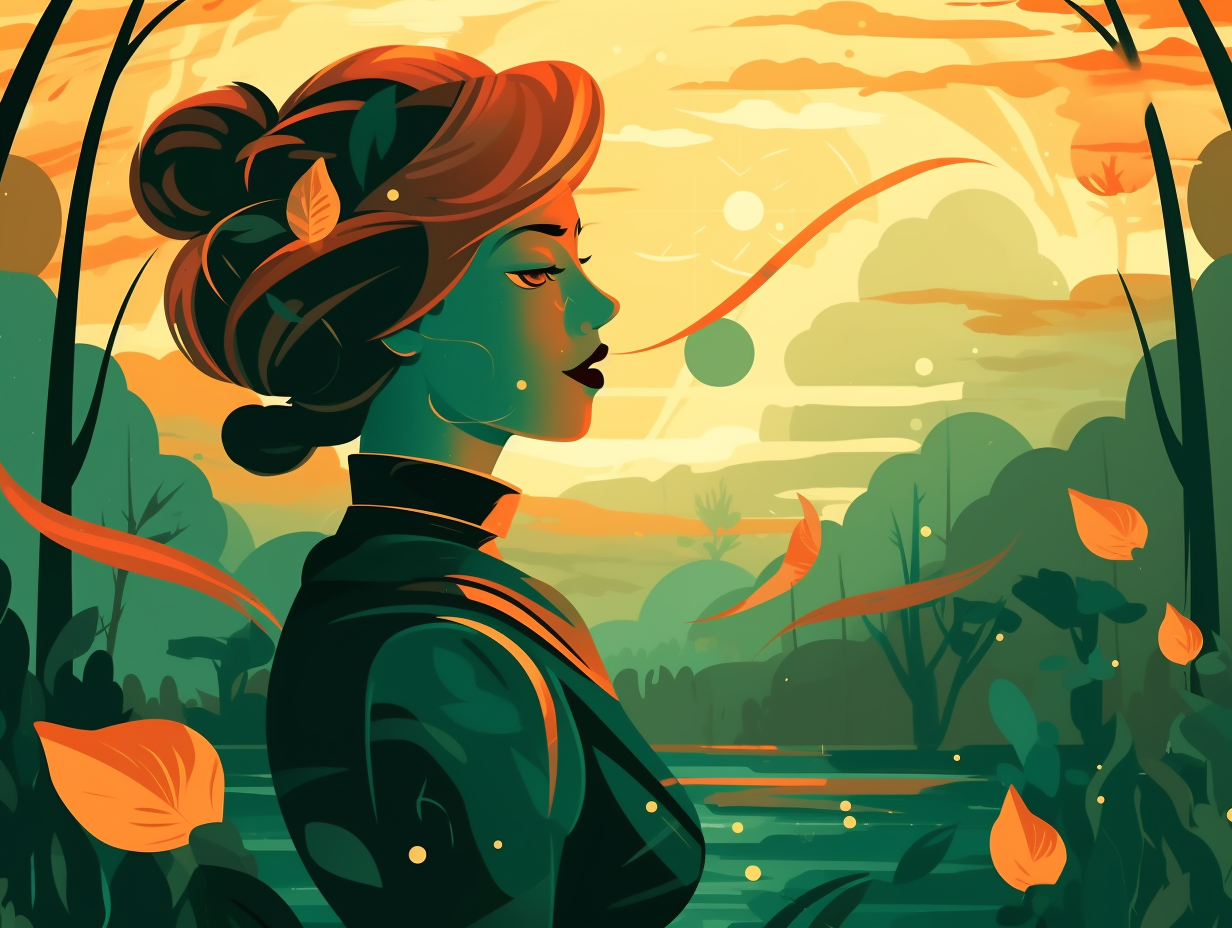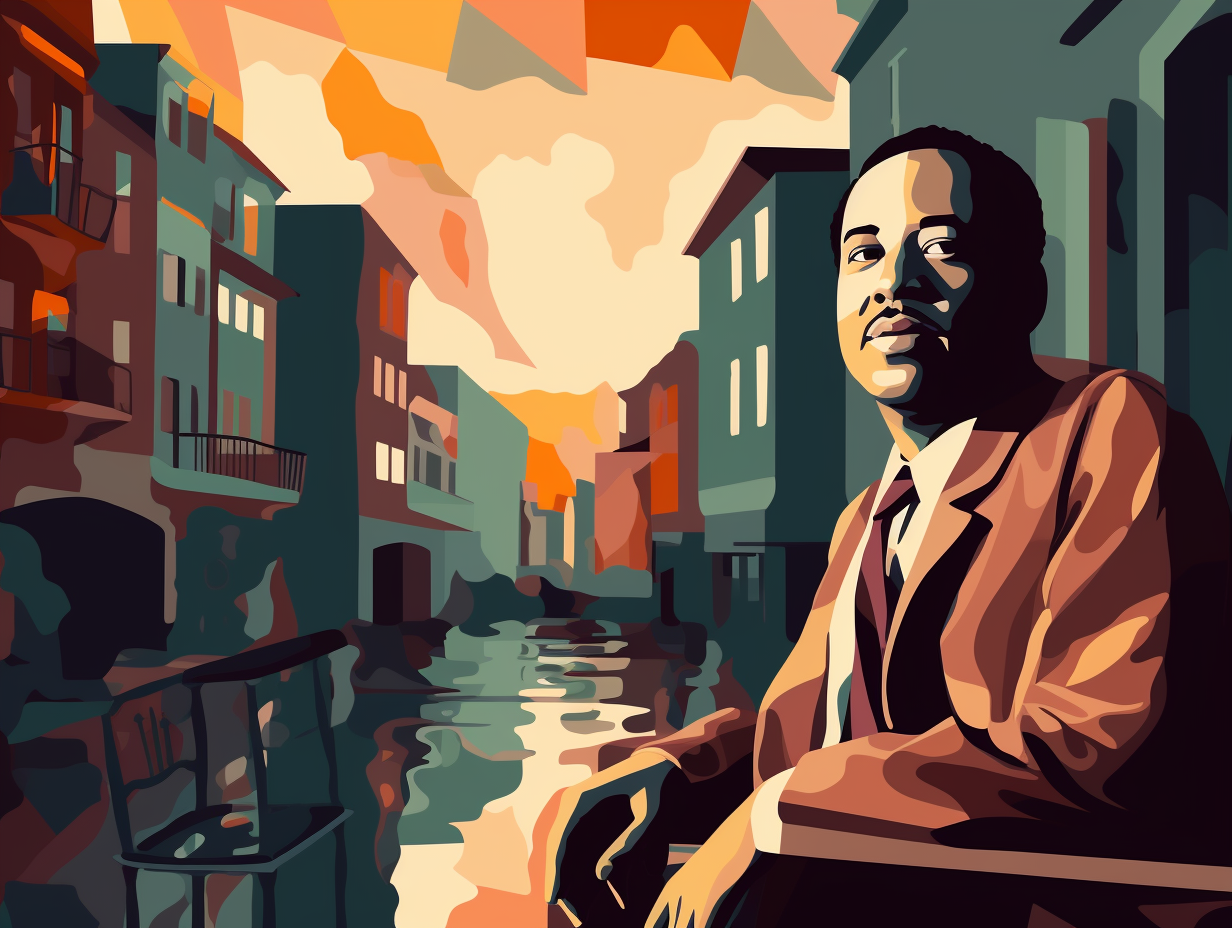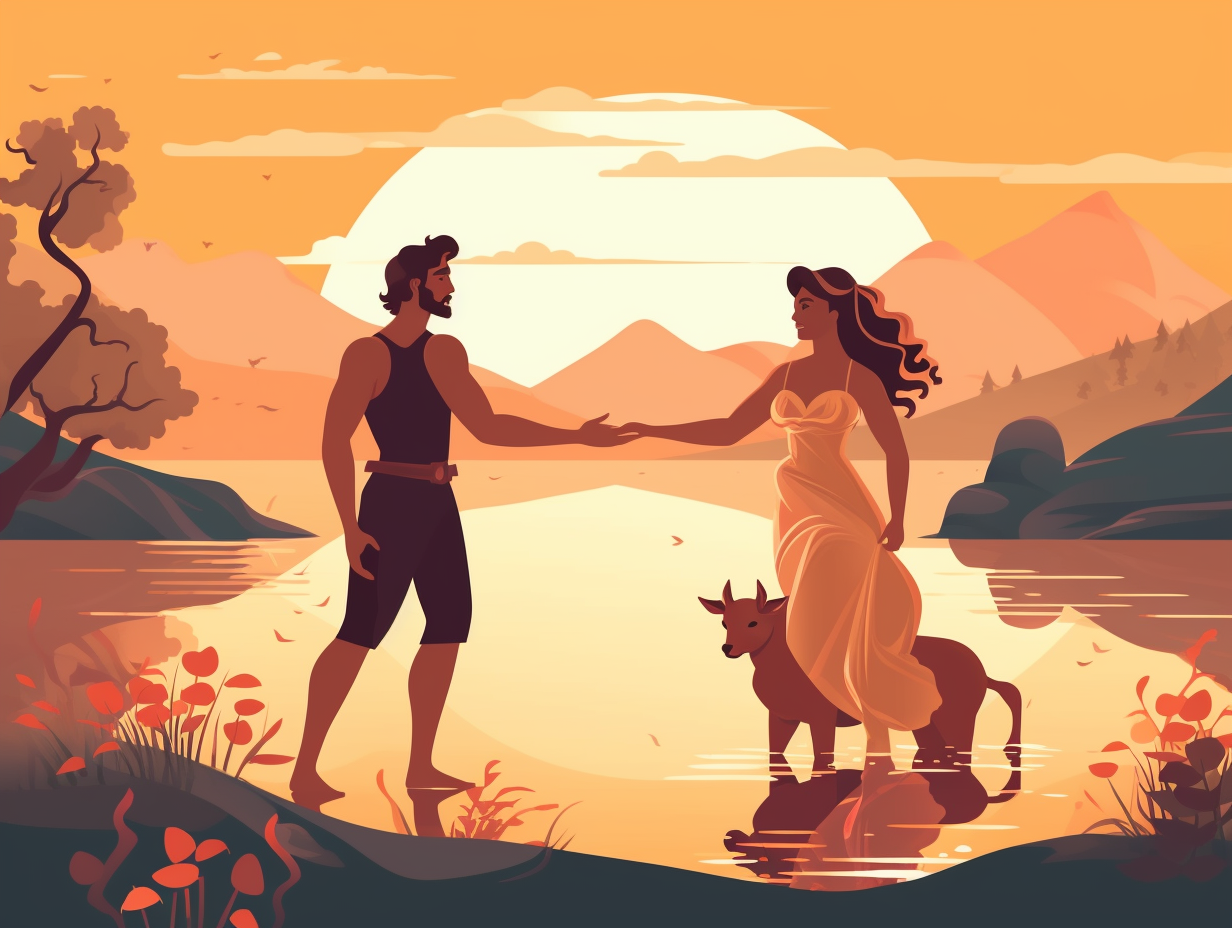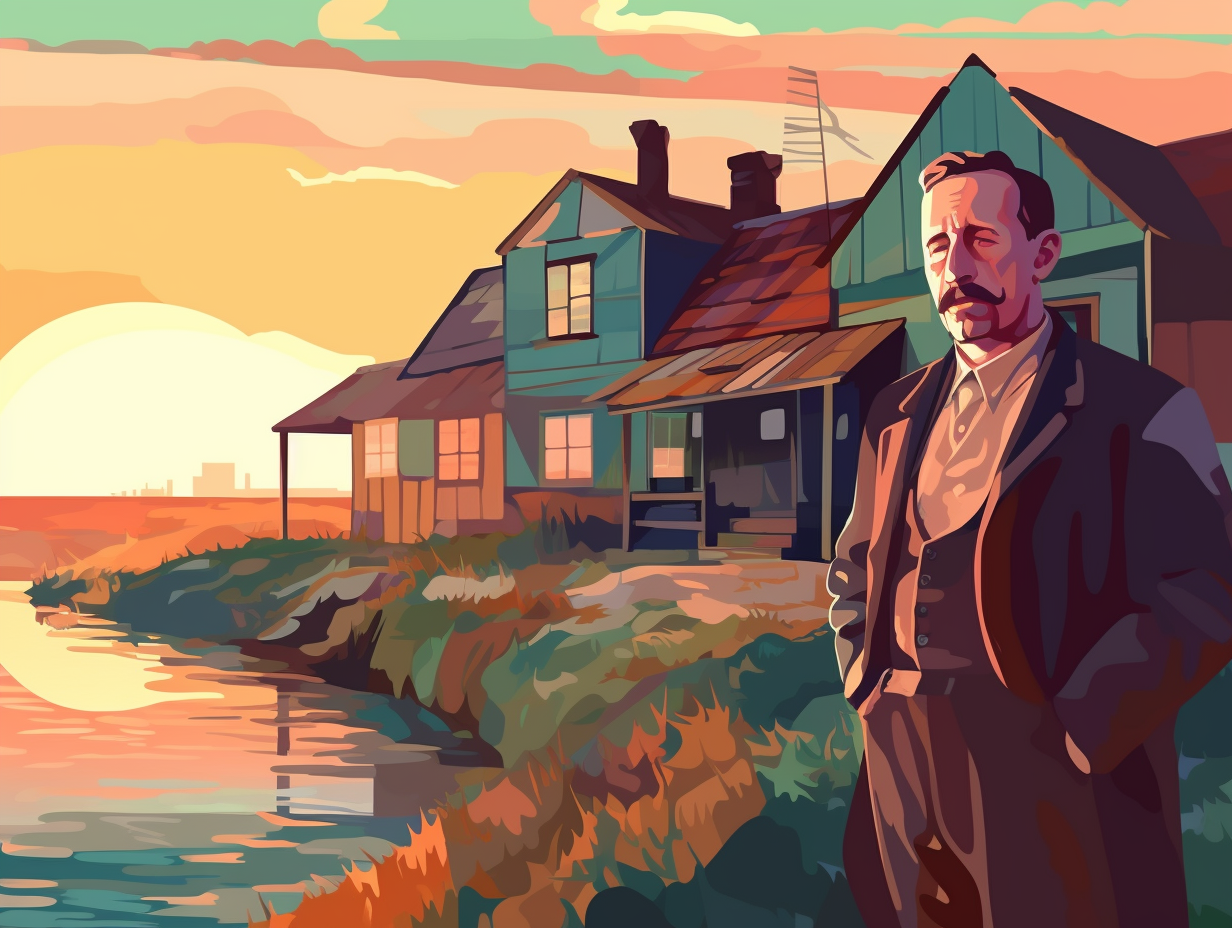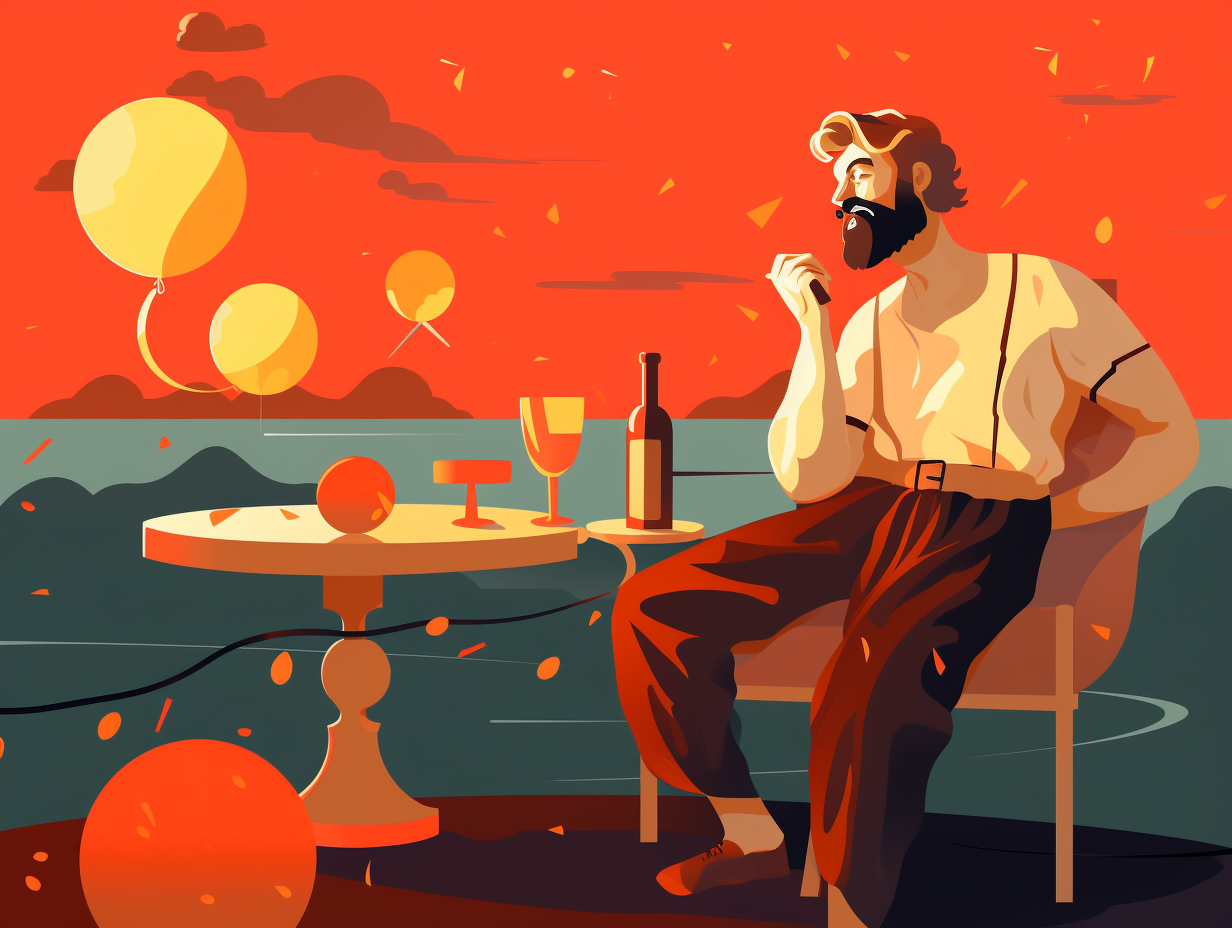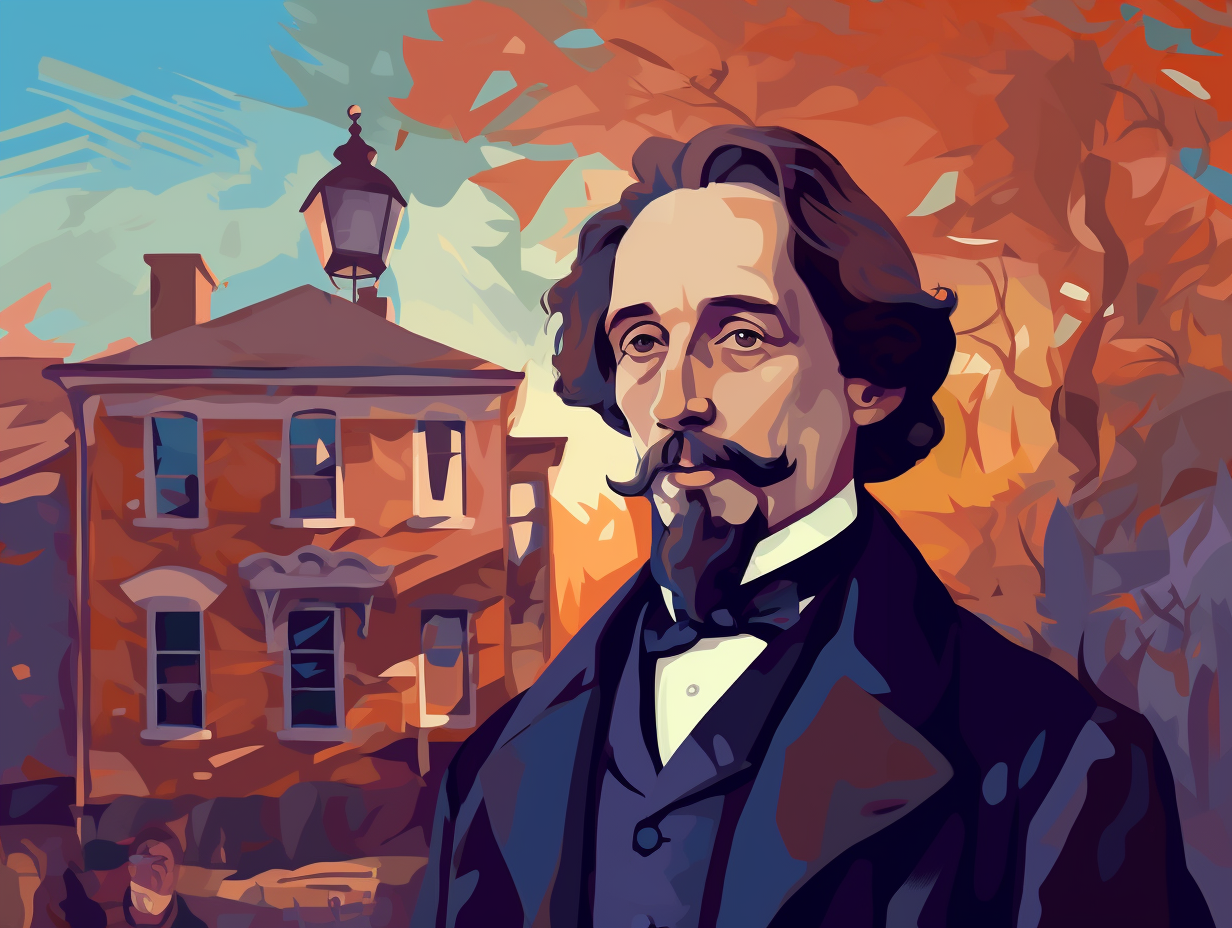Discover the Magic: Top 8 Enchanting Fun Facts About Cinderella You Never Knew!
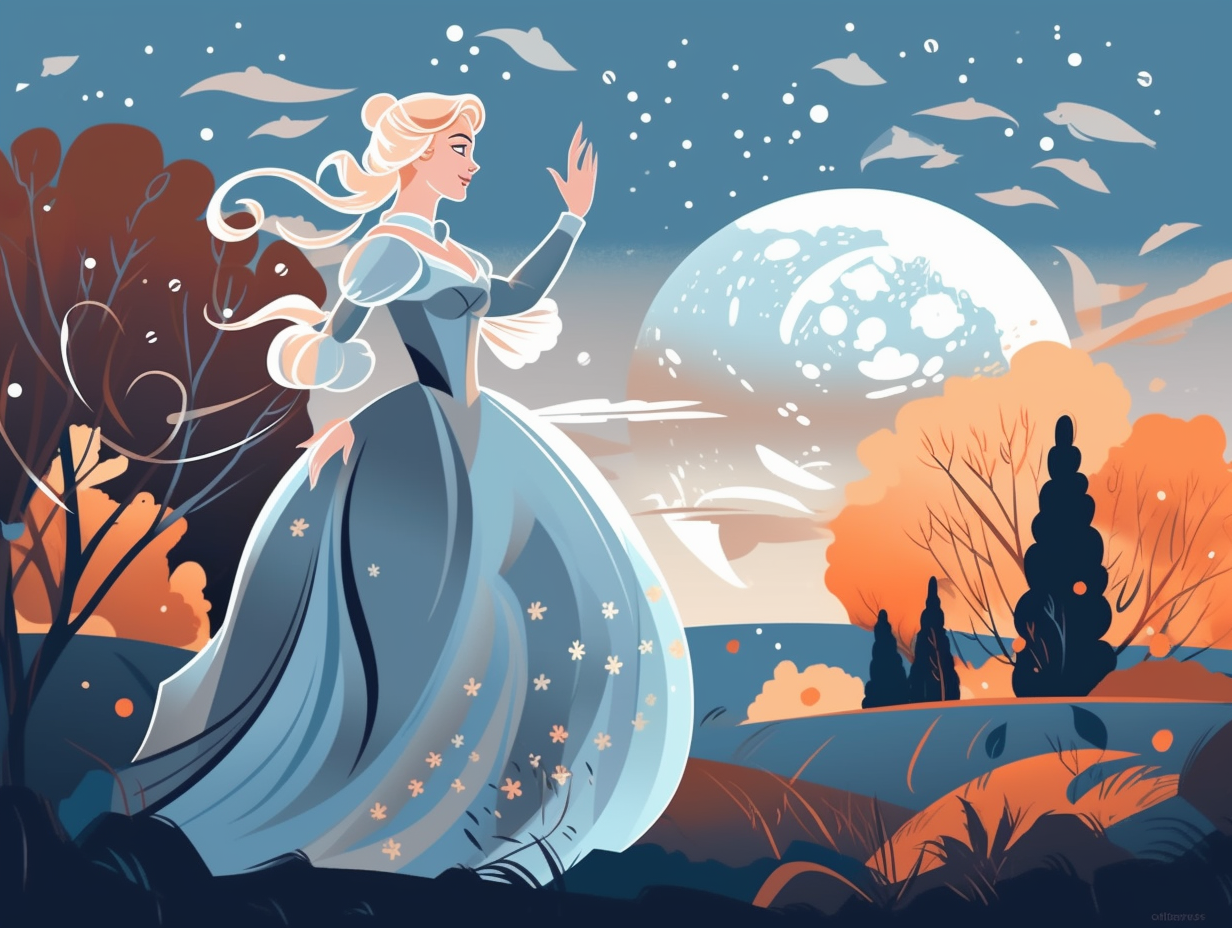
1. Cinderella's Slipper Size Mystery
If the shoe fits, don't raise a stink: unlike common belief, Cinderella's glass slippers aren't universally a size 4.5, with their exact dimensions being as elusive as the Prince's taste in footwear. The closest clue comes from Cinderella III: A Twist in Time, where Lady Tremaine magically enlarges the slipper to squeeze in Anastasia's larger foot, implying the original size wasn't a perfect match for every maiden in the realm.
Source => disney.fandom.com
2. Disney's Magical Animation Moment
Like Cinderella losing her glass slipper after a night of partying too hard, Disney's animators went "bibbidi-bobbidi-boo" on her unforgettable transformation scene: Walt Disney's favorite moment was a groundbreaking collaboration between character animation and effects animation, influencing iconic moments in films such as Princess and the Frog, Wreck-It Ralph, and Frozen.
Source => vanityfair.com
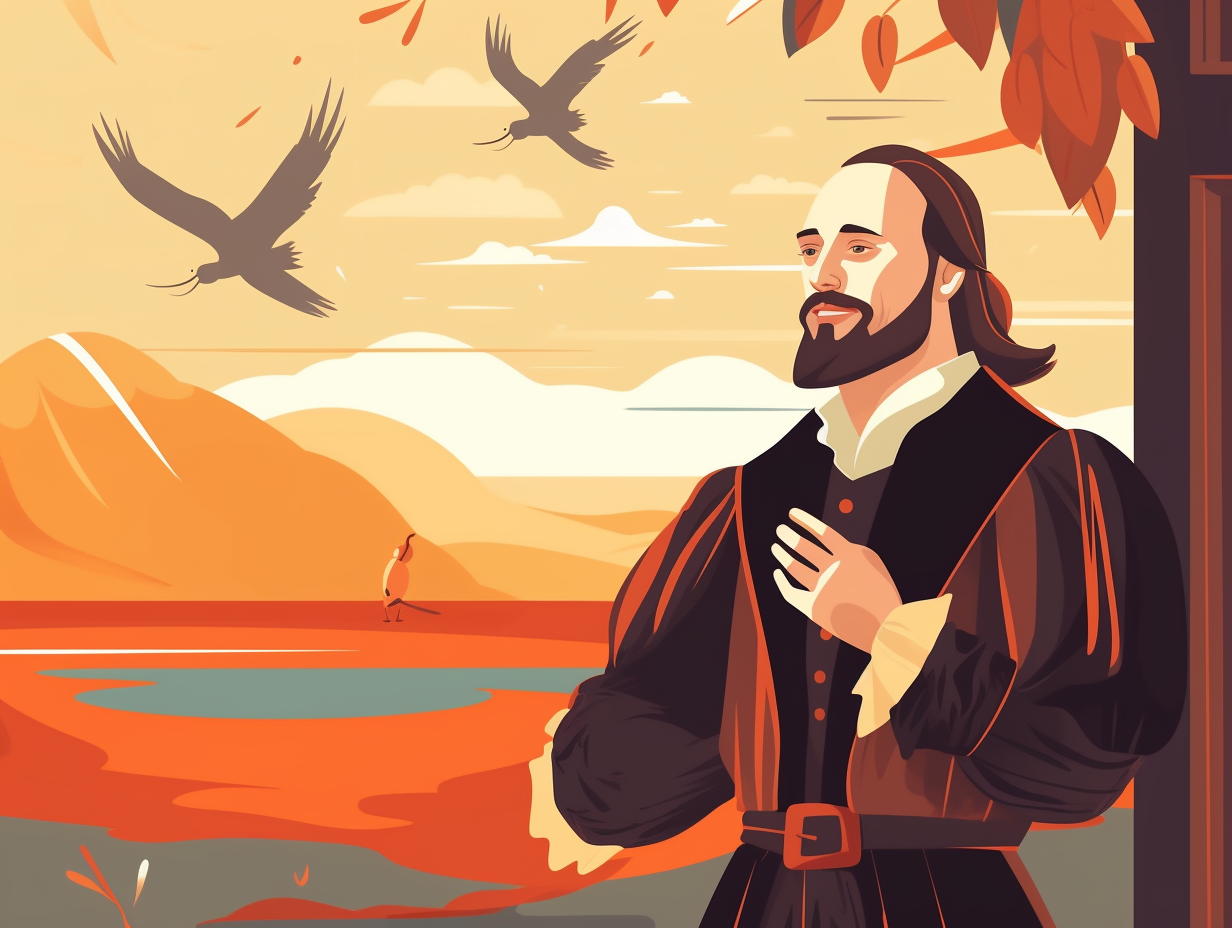
Did you know about the elusive tale of Shakespeare's alleged deer poaching escapades? Uncover the truth behind this bardly mystery and the journey that transformed him into a renowned playwright! 🦌🎭
=> Fun Facts about Shakespeare
3. Glass Slipper Debunked
Slipper shenanigans and a case of lost in translation? Not so fast, Sherlock Holmes! As it turns out: Charles Perrault's original tale of Cinderella clearly depicted her delicate footwear as made of glass, symbolizing the fragile and enchanting transformation of our beloved Cinder-girl into a royal princess.
Source => morethanbeerandschnitzel.com
4. Cinderella's Tree Stylist
Who knew trees were so fashion-forward? Cinderella's personal stylist turned out to be a leafy wonder, posing as an ordinary hazel tree: This magical tree, planted on her mother's grave, would grant Cinderella's wishes with the help of a white bird, which would throw down everything she desired, including her fabulous dresses and iconic glass slippers.
Source => sites.pitt.edu
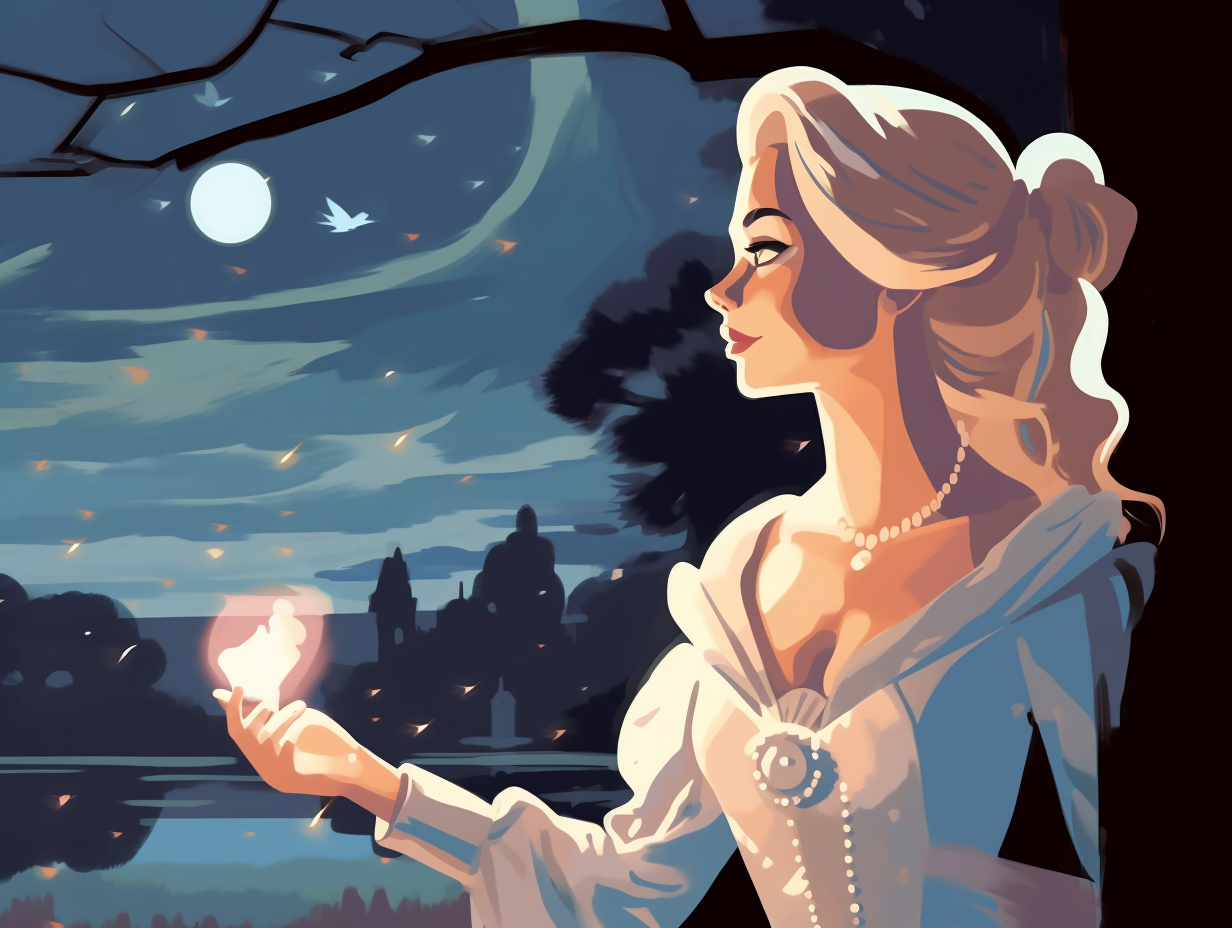
5. Grimm's Fairy Godmother-less Cinderella
Before fairy godmothers were handing out pumpkins-turned-carriages like Oprah with cars, Cinderella had to turn to more organic sources for her glow-up: In the Brothers Grimm version of the tale, there's no magical godmother, but rather a tree growing on Cinderella's mother's grave, which bestows upon her dazzling dresses and jewelry when she cries over it.
Source => reddit.com
6. Cinderella's Global Film Takeover
Whoever thinks that Cinderella is some exclusive Disney princess ought to be turned into a pumpkin: Actually, this lovely glass-slipper-donning gal dates back to 1634, first introduced by Giambattista Basile, and even had some Grim(m) adventures with a wishing tree instead of a fairy godmother. The classic tale has transformed into at least 46 films worldwide, starting with France's 1899 take on Cendrillon, before Walt and his mice buddies got their ink-stained hands on this resilient rags-to-riches heroine in 1950.
Source => thegiftexperience.co.uk
7. Royal Sticky-Steps Trick
Ever suspect Cinderella had a secret career as a track star, sprinting through the palace with moves that would leave Usain Bolt gasping? Well, turns out she had some assistance during her royal world record-breaking exit: According to Charles Perrault's version of the story, the prince, acting as a peculiar stalker, sent two servants to tail Cinderella but couldn't keep up with her bone-breaking speed. So, he played a sticky trick: he spread pitch on the palace steps, making her lose her glass slipper involuntarily, and eventually leading to the famous "happily ever after" reunion.
Source => writinginmargins.weebly.com
8. Vengeful Dove Duo
Forget flying the coop, these doves had a pecking order to establish: In the Grimm Brothers' version of "Cinderella," two white doves played a crucial role in revealing the true bride by perching on Cinderella's shoulders during her wedding procession and exposing the wicked step-sisters – not as feathery hors d'oeuvres at the reception, but by pecking out their eyes.
Source => shmoop.com
Related Fun Facts

